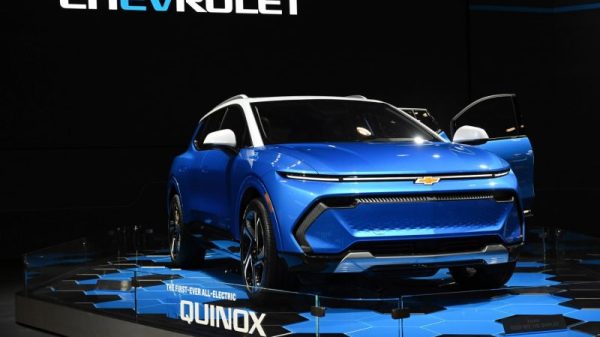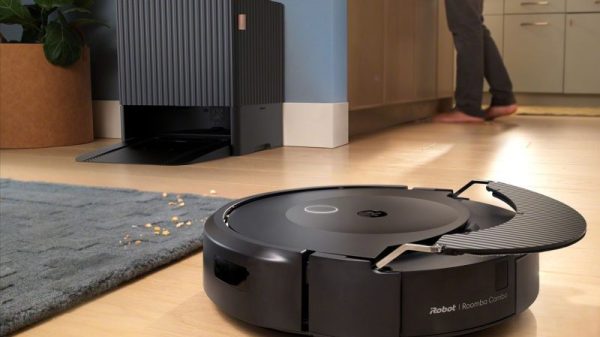Elon Musk’s AI Company Neuralink Aims to Revolutionize the Future
Elon Musk is a name that needs no introduction in the tech world. From launching SpaceX to revolutionize space travel to transforming electric vehicles with Tesla, Musk’s ventures have always been at the forefront of innovation. However, one of his lesser-known companies, Neuralink, is gaining significant attention for its ambitious goals in the field of artificial intelligence.
Founded in 2016, Neuralink aims to merge the human brain with artificial intelligence through the development of brain-machine interfaces. The company’s ultimate goal is to create devices that can be implanted in the brain to enhance human cognitive abilities and potentially even allow for direct communication with computers and other devices.
One of the key driving forces behind Neuralink’s mission is the belief that AI poses a significant risk to humanity if not properly managed. Musk has been vocal about his concerns regarding the unchecked development of artificial intelligence, warning that it could eventually surpass human intelligence and pose a threat to our existence.
By developing brain-machine interfaces, Neuralink hopes to create a symbiotic relationship between humans and AI, where the two can work together to unlock new levels of intelligence and capabilities. This vision is not without its challenges, as the technology required to interface directly with the human brain is still in its early stages of development.
However, Neuralink has made significant strides in this direction, with Musk unveiling a pig named Gertrude with a Neuralink implant that allowed researchers to monitor its neural activity in real-time. While still far from being a viable commercial product, this demonstration showcased the potential of Neuralink’s technology and its implications for both medical and non-medical applications.
Neuralink’s work also opens up ethical and philosophical questions about the implications of merging human intelligence with artificial intelligence. Concerns have been raised about privacy, security, and the potential for misuse of brain-machine interfaces. Additionally, questions about the impact of such technology on human identity and consciousness have sparked debates among experts and ethicists.
Despite these challenges and uncertainties, the potential benefits of Neuralink’s technology are hard to ignore. From restoring motor functions in individuals with paralysis to enhancing cognitive abilities in healthy individuals, the applications of brain-machine interfaces are vast and promising.
As Neuralink continues to push the boundaries of what is possible at the intersection of neuroscience and artificial intelligence, one thing remains clear: Elon Musk’s ambitious vision for the future of human-AI symbiosis has the potential to redefine the way we interact with technology and unlock new possibilities for humanity’s evolution.





























